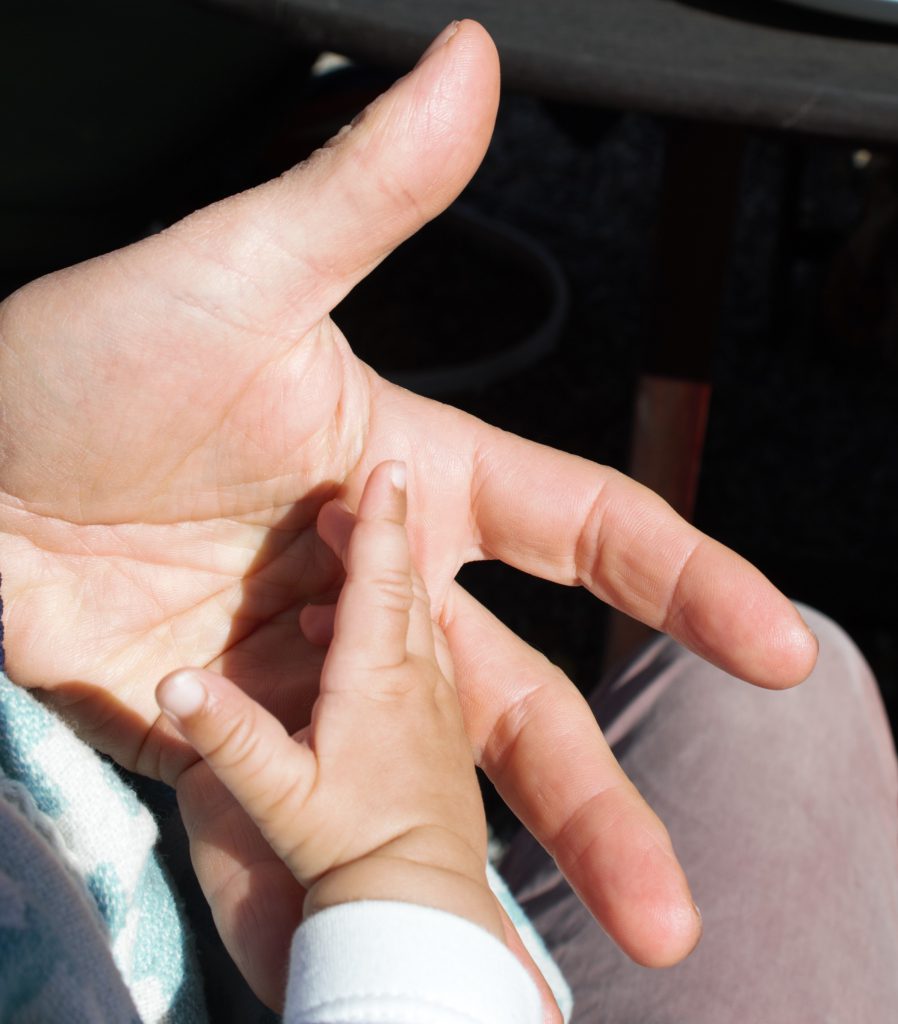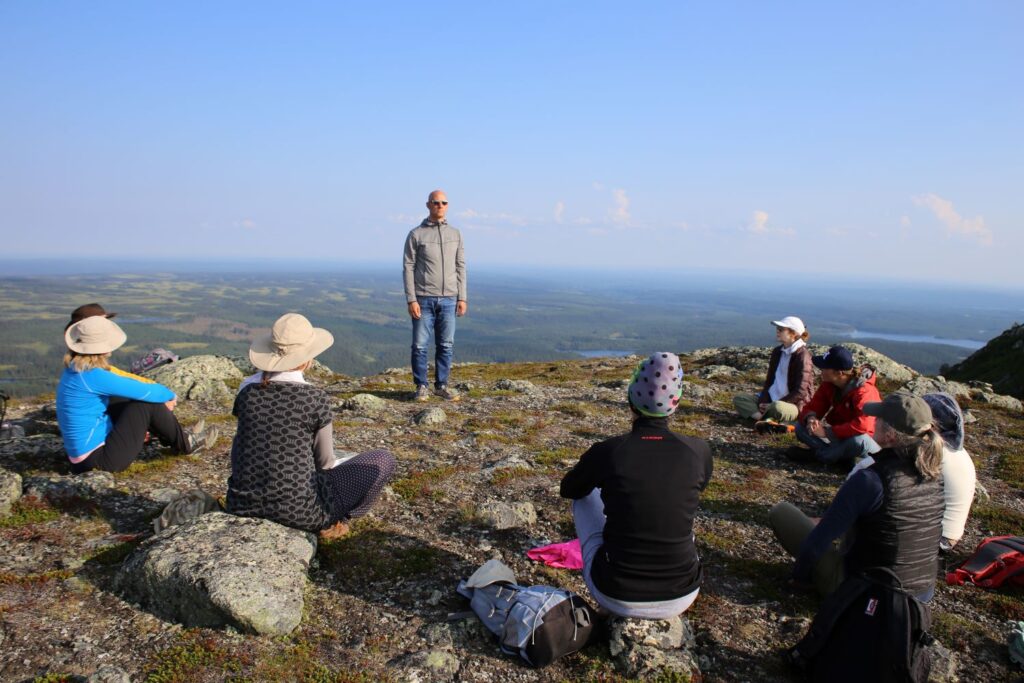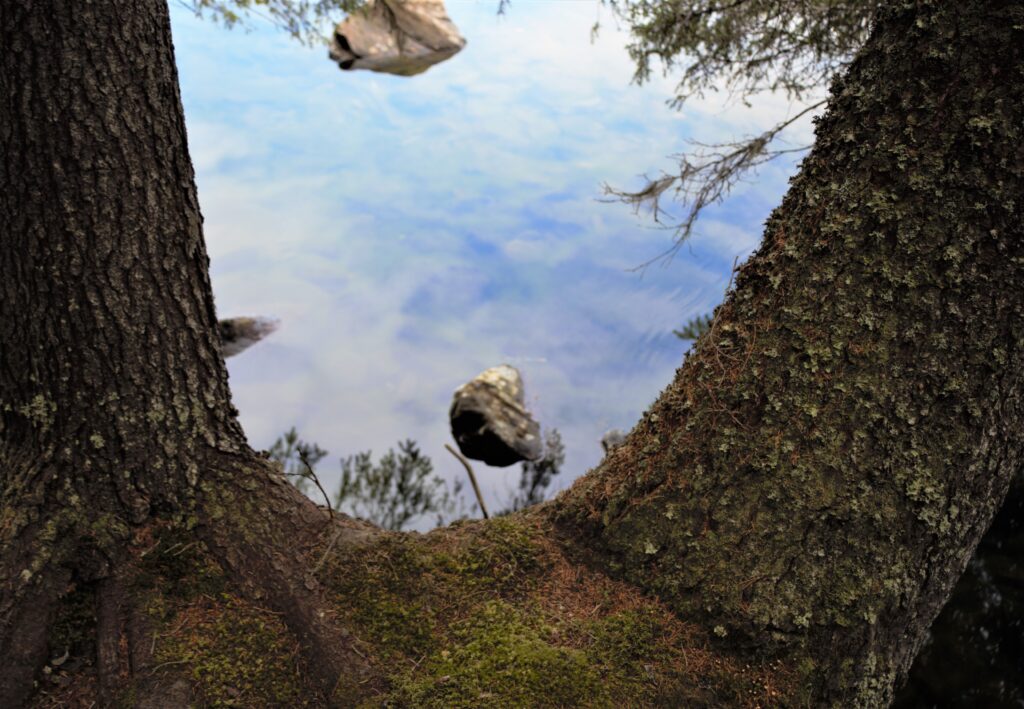
Themes we have worked with
In this blogg we share different themes we have worked with, in the development of our Social Presencing Theater teaching
We have had different types of SPT training, SPT courses and retreats in Sweden since 2015.
We have worked together In different constellations…we are: Liv Fabricius, Andrea Chlopczik, Anders Fabricius and Vivian Fabricius. We have tried to work on systematically developing the pedagogy we use in our SPT teaching. Here you will find a few example of what we have been working with.
Find your authentic SPT expression!
Arawana has given us a genuine, live and situationally adapted SPT training. And in our teaching, we would like to be as faithful as possible to that way of working.
Arawana’s teaching and working methods are based on a complete internalization of the work she conveys. There, it has taken us years of training to reach some degree of internalization of the SPT training. Then it has required courage and trust to become friends with, that when others than Arawana teach from an authentic place within themselves, it will of course be a different expression than Arawana’s expression. We think that it is a “problem” that you always must deal with, when knowledge is conveyed in a teacher-student relationship.
So: you should not copy your teacher’s authentic expression, you should find your own authentic expression.

Work with general challenges
We have tried to work on how we can make the various SPT exercises as accessible as possible, we have looked at which stages of the training you encounter resistance or confusion… and then work on testing new ways of working to get around more general problems in our teaching.
An example: When we introduced new participants to Dance of five or Village, we noticed that for some participants it became very uncomfortable when we worked with slightly longer sequences.
Liv Fabricius discovered that in introductory situations the learning and understanding of the exercises went much faster if you work with short sequences. 2 minutes of movement, then reflection/conversation in the group… then a new sequence, with new instructions based on the reflections in the sequence before, then repeat it a number of times as needed. It provided faster understanding and less confusion.
After researching the method as a prototype, and developing it, that way of working has become the new normal when we teach.
So: Discover general educational challenges and investigate alternative ways to improve teaching.

Teach in teams or pairs
Some ”problems” or challenges in the teaching situation come from the teacher themselves, from the teacher’s blind spots. Everyone who teaches has different habits and personality traits that, for better or for worse, affect teaching.
You cannot see your own blind spot, you need feedback from the outside to see yourself, you need colleagues who can and are invited to give feedback and mirroring you. Colleagues who are actually on site in the current situation.
That’s why we work as often as possible in teams or pairs, then every teaching opportunity becomes an opportunity to learn from feedback from a colleague or from the inspiration it might be to see a colleague at work.
It provides opportunities for development to reflect with a colleague on what went well, less well…and it requires training, trust and courage, to dare to let go of the prestige and not go into a defensive position when working with feedback.
So: work with people you trust, receive feedback, the focus is on good teaching,
not on prestige or protecting a fragile ego.

Process-oriented teaching
We try, when we have SPT courses or retreats, to have several levels of educational strategies at the same time. We have worked to develop this over time. From the beginning when we had SPT basic courses, we focused on teaching the participants the various SPT exercises, in two days we would go through a certain material. We found it difficult to get it right and we weren’t really happy with the result, it often felt fragmented.
As it stands today, we teach more process-oriented, a course of 2 days or a retreat of 5 days is an overall process, a U-process, in the process you use different exercises, SPT exercises.
Each exercise is introduced in the same way as we have done before, with the care we have learned from Arawana, but the exercises are put into the context that the overall U-process provides during the course. We don’t just teach the exercise as an exercise, the participants learn the exercise set in a context that deepens the understanding of what the exercise can do.
If you’re going to learn how to use a hammer and nails, you can stand and hammer a lot of nails into a plank, or you can build a fence or nail new panels on the house. You can get to know the tool in both ways, it’s just two different educational strategies.
So: We think that learning is reinforced and makes more sense if it is placed in a context.

Awareness is emphasized in our teaching
Those who teach SPT on basic courses or in other contexts, have different backgrounds and different experiences in addition to the SPT training.
SPT’s main foundation is built on assets from three main areas: creative expression, systems science and on a meditative awareness asset.
Depending on which of the areas you are most rooted in as a teacher, the teaching takes on different nuances and emphases. With us, parallel to and long before SPT entered our lives, we have been in intensive meditation training, followed a spiritual path.
Therefore, it has become natural that we emphasize the awareness part or the meditative part of the SPT training, when we teach. Before we had meditation courses and SPT courses separately…we still do, but now it can be difficult to discover the difference between a meditation course and an SPT course, therefore it has become more and more integrated, in us and in the teaching. The meditation training naturally supports the SPT teaching and the same the other way around. The experience is that the two assets support and reinforce each other, not dilute or weaken it.
For example Anders Fabricius has been authorized by his meditation teacher Jes Bertelsen to give advanced meditation training based on the Tibetan Dzogchen tradition, and it goes somewhere completely hand in hand with the SPT training. A seemingly happy marriage.
So: Be true to your roots and skills, without diluting or manipulating your STP
